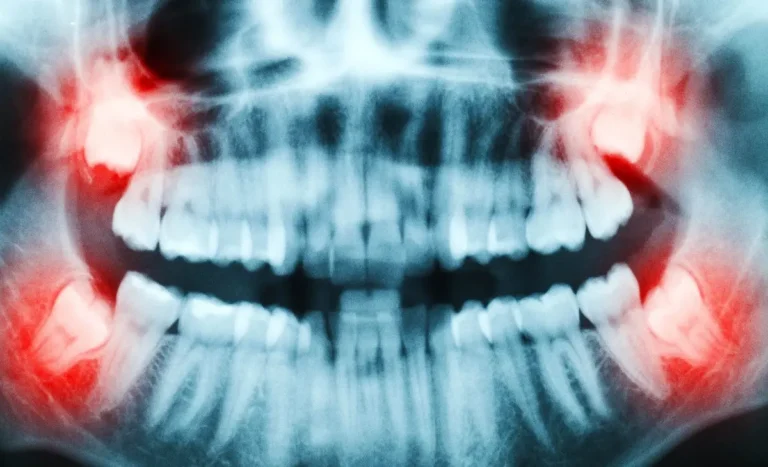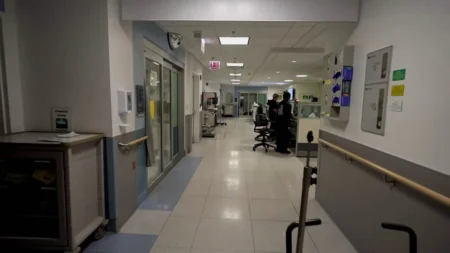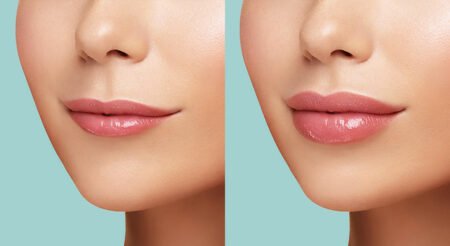Each year, millions of people have their wisdom teeth removed during routine dental procedures. While most see these teeth as useless, new research shows they could hold the key to major medical breakthroughs. Inside each tooth is soft tissue called dental pulp, which holds powerful wisdom teeth stem cells. These special cells may one day help treat diseases such as Parkinson’s, Alzheimer’s, and even heart conditions.
Researchers have found that this pulp contains cells that can grow into many different tissues. These cells have the ability to become neurons, bone, or cartilage when placed in the right lab conditions. A recent study led by Dr. Gaskon Ibarretxe showed that these pulp cells could even fire electrical signals like real brain cells. This feature is essential for treating damage in the brain, where signals are needed for communication between nerve cells.
In the United States, about 10 million wisdom teeth are pulled each year. Most end up in medical waste bins. But these teeth offer a painless and easy way to collect living stem cells. Young people are usually the ones having these surgeries, and that’s when the pulp is still healthy. Some labs now work with dental offices to collect and freeze these teeth right after removal. The pulp is placed in special vials, shipped on dry ice, and stored in ultra-cold freezers for future use.
Several companies now offer kits that help patients preserve the stem cells from their extracted teeth. These kits contain everything needed to keep the cells alive during transport. Unlike stem cells from embryos or umbilical cords, dental stem cells involve no ethical concerns. Since the tooth would normally be thrown away, it makes this method both practical and ethical. It also gives more people access to stem cell banking as costs continue to fall.
Scientists have tested these wisdom teeth stem cells in animals with brain diseases. In models of Parkinson’s, the stem cells replaced neurons that produce dopamine, easing movement problems. In Alzheimer’s studies, the same cells protected brain connections and slowed harmful protein buildup. A 2024 research review showed that these stem cells helped remove brain plaque and reduce swelling, both of which are linked to memory loss and mental decline.
The advantage of using your own stem cells is that your body is less likely to reject them. This can speed up treatment by avoiding the need to match donors. Once a wisdom tooth is extracted, the process moves fast. The surgeon places the tooth in a clean container. A courier delivers it to a lab, where the cells are separated and frozen in less than a day.
These cells also have value beyond the brain. They can grow bone faster than stem cells from bone marrow. That makes them useful for fixing the jaw after surgery or injury. In heart research, scientists used stem cell secretions from dental pulp to help mice with weak hearts. Their heart function improved, showing the cells could one day be used to repair heart damage using tissue grown from a patient’s own tooth.
In the lab, the stem cells also formed structures similar to cartilage, the strong tissue found in joints. This discovery may help create better treatments for knee and hip problems. Scientists hope to use these cells in future therapies for arthritis or injuries.
Safety is still being studied. Experts need to ensure that the cells do not cause unwanted growths or tumors after being placed in the body. Large studies are now being planned to compare these cells with current medical treatments for brain and nerve diseases. If the stem cells prove to be safe and effective, saving a wisdom tooth could become part of everyday dental care.
There is still concern that only wealthy families will benefit. Stem cell banking services can be costly, and not everyone can afford them. Experts suggest creating public storage banks or offering insurance support to make the service available to more people.
People often think of wisdom teeth as useless or annoying, but that may soon change. Before throwing away that extracted tooth, it may be worth asking your dentist about the living tissue inside. The next major advance in treating brain, bone, or heart disease could begin with a tooth that once seemed like a problem.







